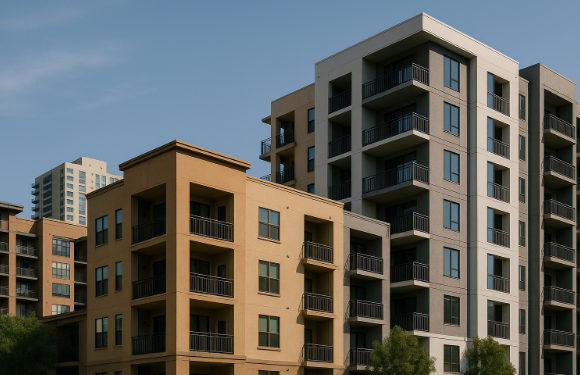In recent years, several cities across San Diego County — including San Diego, Imperial Beach, and Chula Vista — have passed new “tenant protection ordinances” designed to strengthen renter rights. On the surface, these laws sound like a good thing. But for many local housing providers and renters, they’ve created more confusion and higher costs without solving the real issue: the lack of housing.
A recent debate in Oceanside illustrates the problem. Councilmember Rick Robinson originally supported a new tenant protection ordinance but later reversed his vote after speaking with small, local landlords. His conclusion was simple — and refreshingly honest: “What we did is not going to keep people in their homes.” He realized that additional local rules and paperwork weren’t addressing the root cause of displacement.
And now, national research backs him up. A 2025 study by MetroSight, sponsored by the National Apartment Association and National Multifamily Housing Council, found that eviction-style regulations like tenant protection ordinances actually increase rents. In the San Diego area, those rules are estimated to add about $1,764 per unit per year in additional costs — a burden that landlords ultimately pass on to tenants.
That means the very laws meant to help renters may be making housing less affordable, especially for lower-income families and residents of small apartment buildings.
The complexity of these ordinances has also become overwhelming. For example, the Southern California Rental Housing Association had to design 16 separate compliance forms just to keep landlords in three cities on the right side of the law. For large corporations with legal departments, it’s a headache. For small “mom-and-pop” owners, it’s discouraging enough to drive them out of the rental market entirely — reducing supply even further.
At the heart of the issue is this: regulations don’t create housing. They slow it down. San Diego has approved only about 30,000 new homes since 2020 — far short of the 108,000 required by 2029 under state housing goals. Until we build more homes, costs will continue to rise no matter how many ordinances are passed.
The better path forward is focusing on what does work: building more housing, expanding rental assistance programs, and supporting shallow subsidies for seniors and struggling families. Those strategies provide stability without punishing the very people providing the housing.
Councilmember Robinson’s change of heart should serve as a reminder for all policymakers. If the goal is truly affordability and housing security, then it’s time to move away from punitive local ordinances and start tackling the supply problem head-on.



